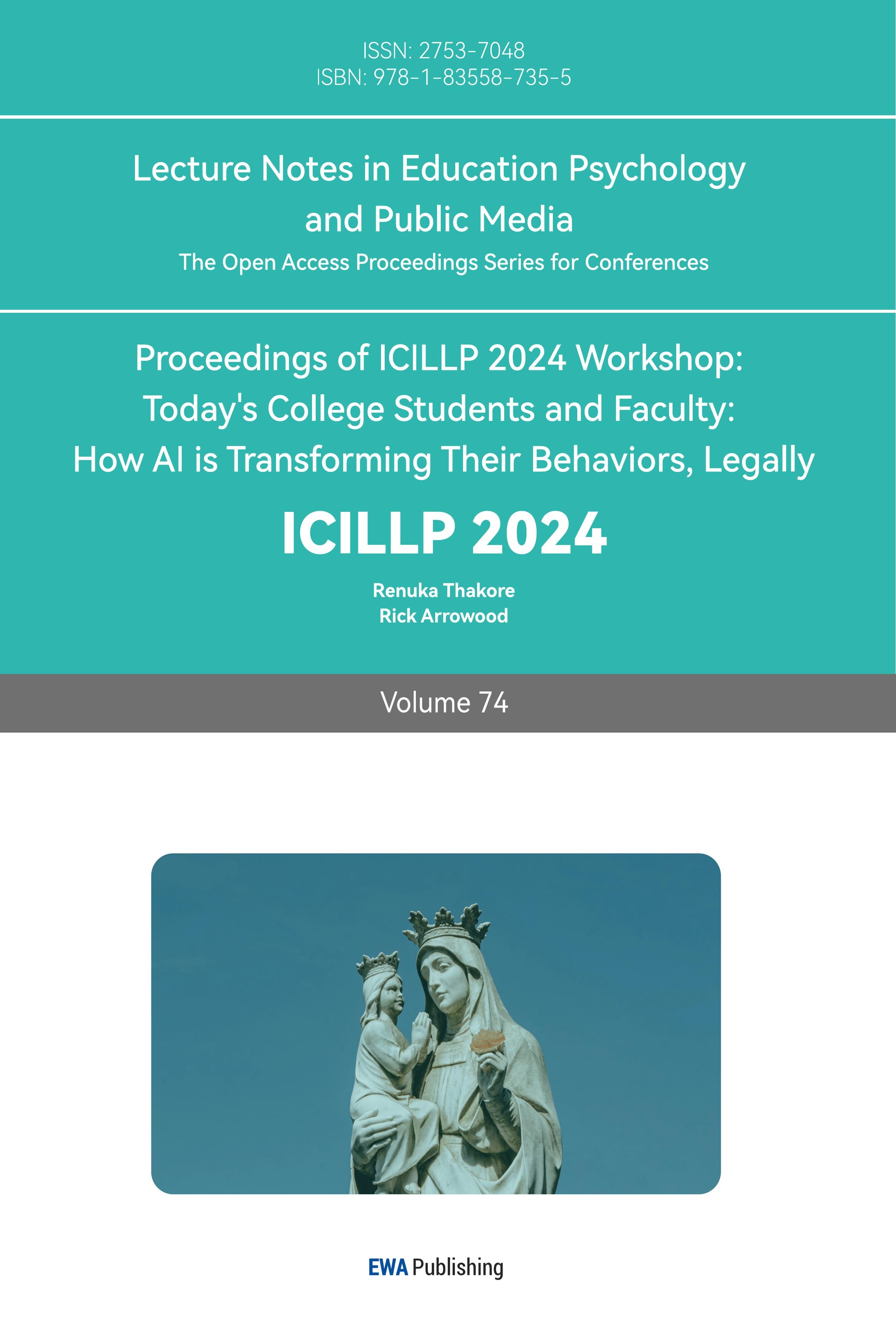1. Introduction
In recent years, AI has developed by leaps and bounds. As people's awareness of technology continues to rise, AI tools are becoming more and more popular in all areas of society, and, the field of education is no exception [1, 2]. In the field of education, educators and students are utilizing AI tools more and more frequently to assist in teaching and learning, such as ERNIE bot, ChatGPT, Kimi, and so on, which allow users to get what they need such as correcting homework, making courseware, generating text, translating sentences from one language to another, and anything else.
These AI tools are widely used in higher education [3]. As a new type of tool, AI is out of the loop with its convenience, wide range, and objectivity. Students seem to be using AI unspokenly among themselves to complete their assignments in various subjects, and English is no exception. However, the convenience of the tool has brought bad effects behind it. Many students use AI tools for convenience, resulting in a similar and identical output of everyone's assignments. More seriously, there have been a few incidents of fraudulent academic behavior due to the incorrect use of such tools [4].
This study aims to demonstrate two research questions: a) What strategies do students use AI to outperform other students? b) How do students perceive each other when using AI for cheating? On the one hand, this study can give educators some suggestions through the survey data, such as allowing students to use AI tools in specific assignments, properly guiding students to use AI tools, and so on. On the other hand, this study can explore students' perceptions of their own and their peers' AI usage, whether jealousy occurs or not, as well as give faithful advice to make students stand out on the premise that most of them are using AI tools.
2. Literature Review
In the context of today's times, AI tools play a vital role in university education, providing technical support to practical teaching [5]. AI tools have advanced and excellent content generation capabilities and can be applied to multiple scenarios such as teaching, learning, assessment, management, and examination [6]. College students have more access to using AI tools. Taking ChatGPT as an example, as an advanced AI interactive tool, it can simulate human teachers' teaching, provide personalized learning assistance for students, and support the flexibility and diversity of educational teaching activities [7]. Researchers suggest that, by using AI, students do not need to just follow traditional learning methods to support their learning, which is sometimes a waste of time and too common [8]. In their spare time, students have more opportunities to create their learning plans through AI tools. In English learning, scholars also point out that most students have a positive attitude toward AI-enabled foreign language teaching [9].
Although students are positive and agree with AI-assisted foreign language learning, many researchers are still concerned about the correctness and dependence of AI use, things like whether students will over-rely on AI to complete their homework, and how teachers know if a student is plagiarizing through AI. There are some practical strategies to deal with this kind of troublesome problem, such as requiring students to submit drafts of their work, monitoring students' work closely, checking for originality, and so on [10].
In conclusion, many studies have only demonstrated the effectiveness of AI tools for teacher teaching and student learning, as well as possible academic problems such as cheating and plagiarism. However, there is less real research on students' inner thoughts about the popularity of AI tools and how to respond. Therefore, the purpose of this study is to explore the impact of AI tools on students' English learning, and at the same time, what kind of attitude students take towards themselves and their peers and how to properly use such tools to make themselves more prominent.
3. Method
The research method of this study was the survey method, which consisted of interviews and questionnaires respectively. The respondents of the survey were students from Guangdong University of Education. First of all, this research adopted the interview method, which could deeply understand the psychology and behavior of the respondents and collected rich and detailed information. Through face-to-face communication, more authentic and in-depth data could be obtained. In addition, after the interview survey, by reflecting on the problems of the interviews and the insights gained from them, the author designed a questionnaire to collect more data for support. While interviews were able to survey fewer people and were more time-consuming, questionnaires were able to provide data to the researcher on a large scale and quickly. The question set for the interviews focused on only 2 key questions and failed to investigate more background information and issues. Therefore, this research was conducted by combining offline person interviews and online questionnaires.
3.1. Interview
Firstly, personal interviews played a main role in this study. To further explore the students' views, attitudes, and countermeasures towards AI-assisted English learning, the author specially surveyed eight students, who are from four different schools, half of them are normal students and half are non-normal students. These interviews were structured offline. Before the interviews, the author set 10 questions around the core research questions and interviewed the target students step by step. Each interview was about 10-12 minutes long. The researcher recorded each interview by audio recording.
3.2. Questionnaire
Secondly, following the interviews, the author also conducted a survey using questionnaires. After the interviews, the author found that the interviews did not cover too many issues due to time, space, etc., and also that some of the interviewees might have not told the full truth. Therefore, in the questionnaires, in addition to the questions designed to be relevant to the interviews, the author added background information about the respondents, personal AI usage, etc. to make the whole survey more rigorous. To be specific, questionnaires were anonymous to protect the information of the respondents and no personal information would be disclosed. Besides, they contained 19 questions that mainly focused on students' basic information, use of AI tools, effect evaluation, academic integrity, and personal academic performance. Furthermore, students from 6 schools were chosen to complete questionnaires. Students in each college were in parallel classes, and there was no such thing as a key class or a non-key class. Therefore, the students' learning backgrounds were the same.
4. Results and Discussion
In this study, eight students were invited to interview in the interview part. A total of one hundred students were surveyed in the questionnaire survey, of which ninety-nine were valid.
4.1. The Use of AI Tools
Figure 1 and Figure 2 are the basic situations of students using AI tools.
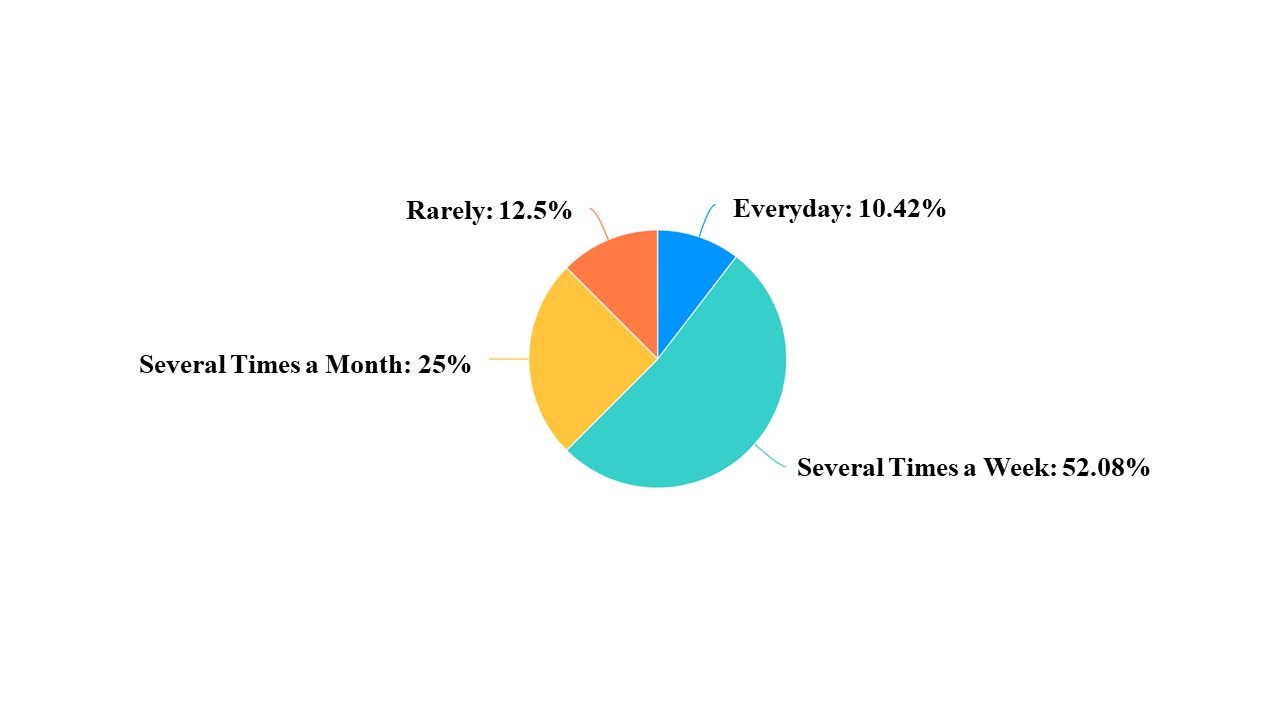
Figure 1: The frequency of students’ using AI tools.
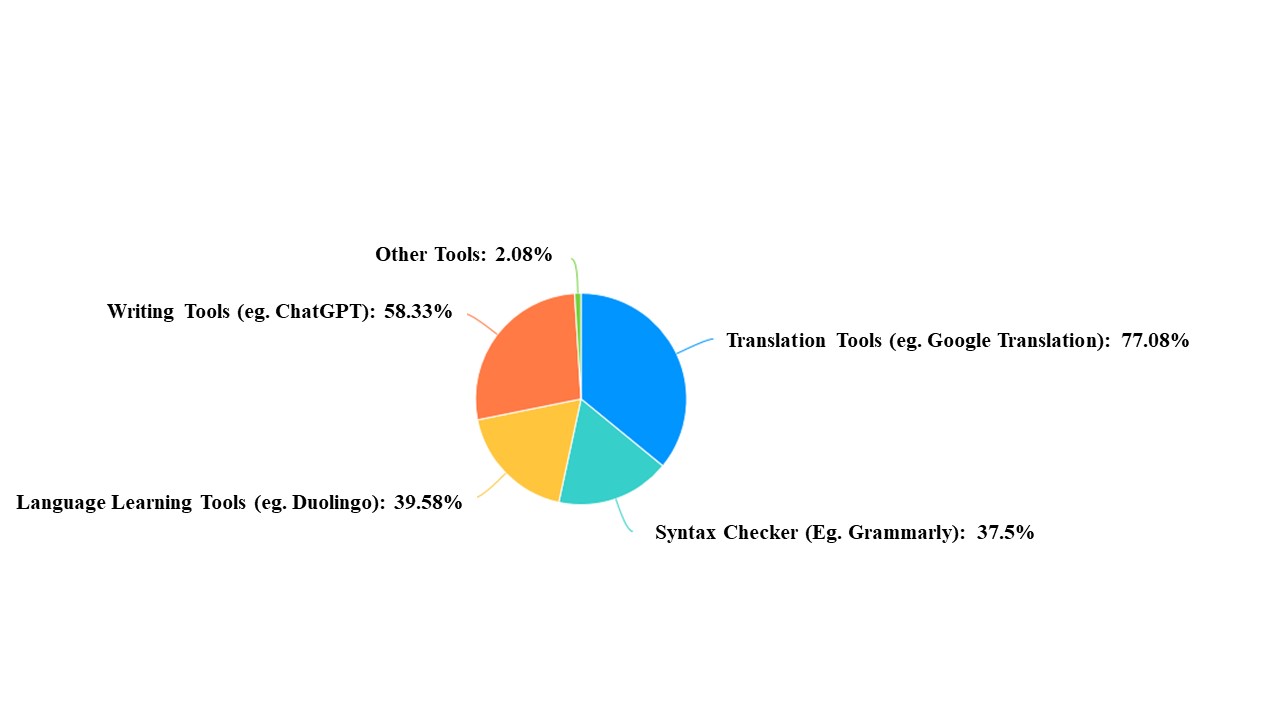
Figure 2: Types of AI tools used by students.
Figure 1 shows that most students use AI tools on a weekly or even daily basis. As can be seen from Figure 2, more than half of the students chose AI tools for translation and writing AIDS to assist English learning, and 37.5% of the students used AI tools to assist language learning and grammar checking. In general, students use AI learning tools to help with their English learning, mainly in academic writing, grammar checking, translation, and other aspects.
4.2. Evaluation of the Effect of AI Tools
Figure 3 shows the reliability of the answers of the AI tools and Figure 4 presents the impact on their learning effect respectively. At the same time, the interview also involved the impact of AI tools on students' learning.
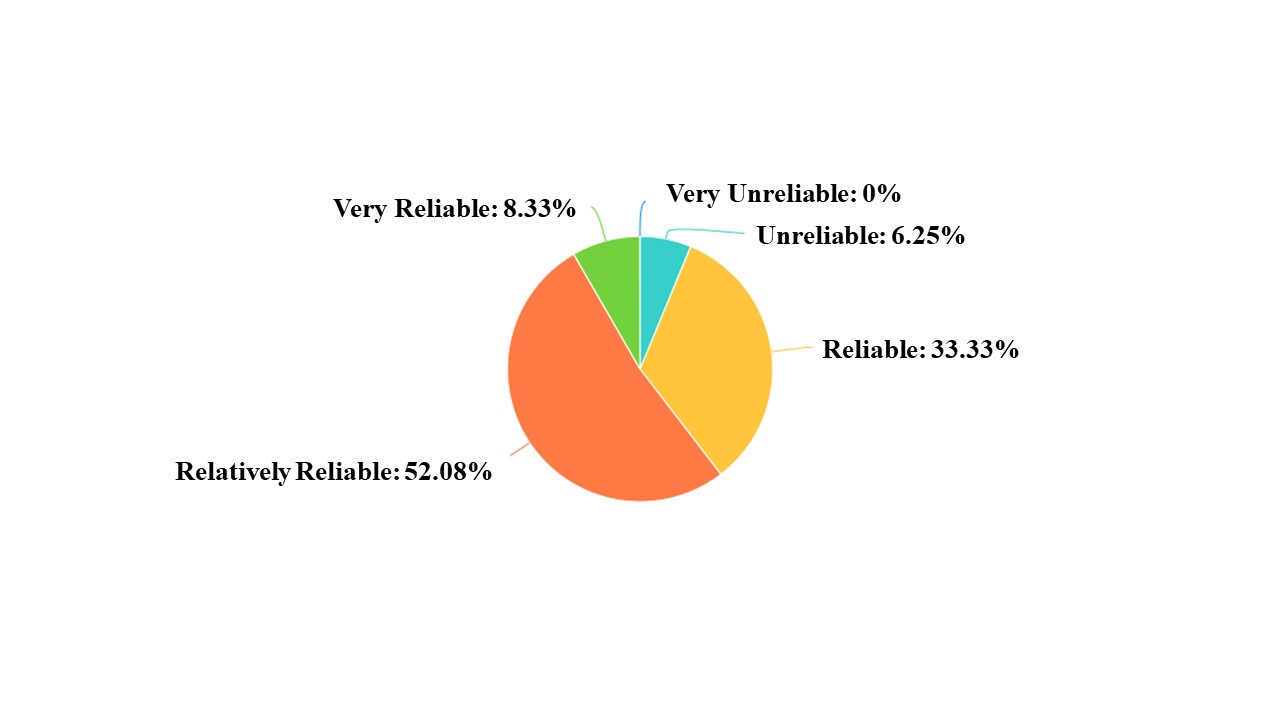
Figure 3: How reliable students think AI tools are.

Figure 4: The impact of using AI tools on all aspects of student learning.
As can be seen from Figure 3, more than half of the students thought that the answers generated by AI tools were reliable, one-third of the students thought that it was generally reliable, and a small number thought were not reliable. Figure 4 shows that in the process of English learning, AI learning tools had certain benefits on students' learning performance, self-learning ability, self-thinking ability, learning interest, dependence on AI tools, and clearing of learning disabilities. Among them, the clearing of learning disabilities and the improvement of learning performance were the most obvious, while the impact on self-thinking ability and learning interest was small.
According to the interview, AI tools offered students valuable ideas and perspectives, enhancing learning efficiency by quickly organizing article outlines and ideas. They helped students find information faster than traditional search engines, summarize knowledge, and save time. For science questions, AI provided reference answers and detailed explanations to solve difficult problems. These tools diversified learning by offering knowledge beyond the classroom but might lead to reliance and reduced independent thinking. While some students use AI for research, others might misuse it for assignments. Proper use within limits could still promote effective learning. Despite their benefits, AI tools had limitations, such as overly formal responses, outdated information, and difficulty with metaphor interpretation and source accuracy.
4.3. Academic Integrity Problems
Figure 5 and Figure 6 aim to show whether students think academic fraud is caused by the use of AI tools to complete homework and papers. Meanwhile, in the interview, the author respectively asked the respondents about their views on academic integrity and their suggestions to the school when this phenomenon occurs.

Figure 5: Whether the use of AI tools to complete English assignments or papers conforms to academic norms.
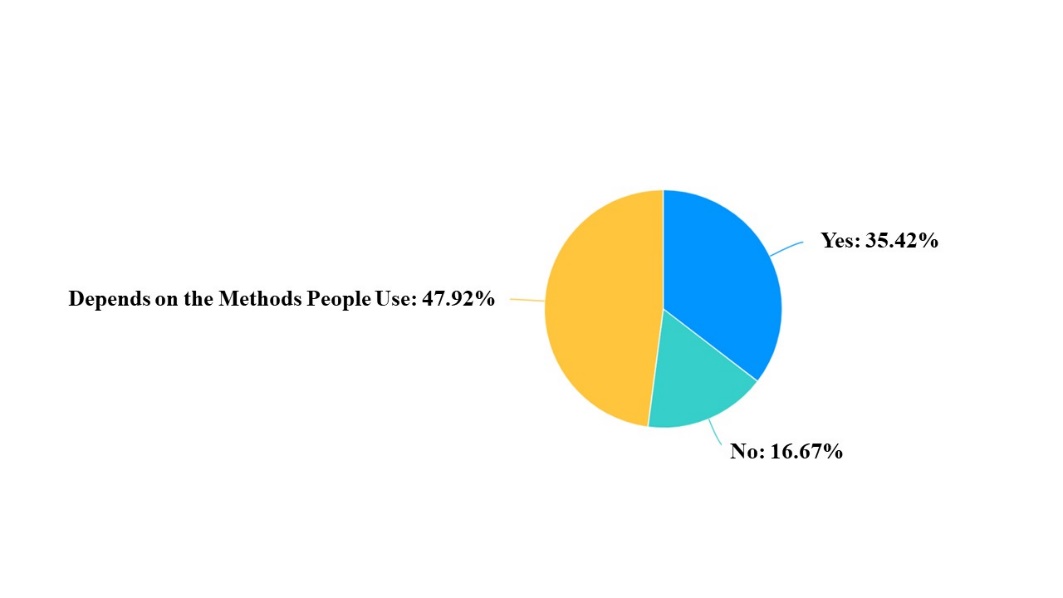
Figure 6: Whether the use of AI tools to aid writing is likely to lead to academic dishonesty.
Firstly, from Figure 5, students held different opinions on the question, half of them thought that it was feasible to use AI to complete homework within a reasonable range, and 27.08% of them thought that it should be judged according to the actual situation, 16.67% of them thought that this method was completely feasible, while just a few students thought that this method was contrary to academic integrity. Secondly, similar to Figure 5, from Figure 6, 47.92% of the respondents still held the idea that whether academic dishonesty was caused depended on the way it was used. 35.42% of students thought it would constitute academic dishonesty, while 16.67% of students thought it would not cause dishonesty. Overall, more than half of students believed that the actual situation should prevail in determining whether academic integrity was a problem.
In the interview, the respondents emphasized the need to verify AI-sourced academic data via reputable platforms, shunned plagiarism, and adhered to proper citation guidelines. They also underscored the significance of preserving academic integrity in language usage, references, charts, and data presentations. Recognizing that academic misconduct is intertwined with personal integrity, they cautioned against the temptation of convenient tools leading to dishonest practices. Although concerns lingered over-reliance on AI, they believed this could be mitigated if students practiced self-discipline and adhered to academic norms. The students supported efforts to reinforce academic integrity education through courses and awareness initiatives in the past. They advocated for schools to enhance plagiarism detection capabilities for AI-generated content and provide guidance on responsible AI usage. They highlighted the importance of students maintaining academic standards and suggested that schools integrate integrity education into the curriculum via diverse formats, such as lectures and case studies, in the past tense context.
4.4. Personal Achievement Problems
With the popularity of AI language learning tools, most college students may more or less use these tools to generate the answers they need, which is very likely that the answers are the same. The following three figures (Figures 7, 8, and 9) and the interview contents mainly show the results of whether students are worried about the status quo of AI on their physical and mental development and academic performance and the corresponding countermeasures.
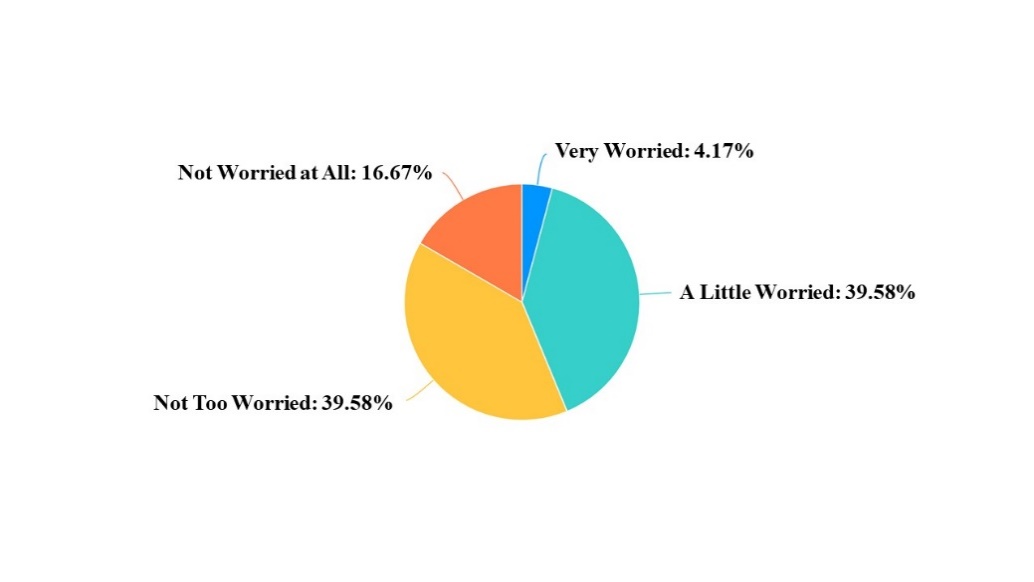
Figure 7: Concerns that over-reliance on AI tools will affect the development of independent thinking and writing skills.

Figure 8: Measures to ensure that your learning outcomes are unique when using AI tools that are similar to yours.
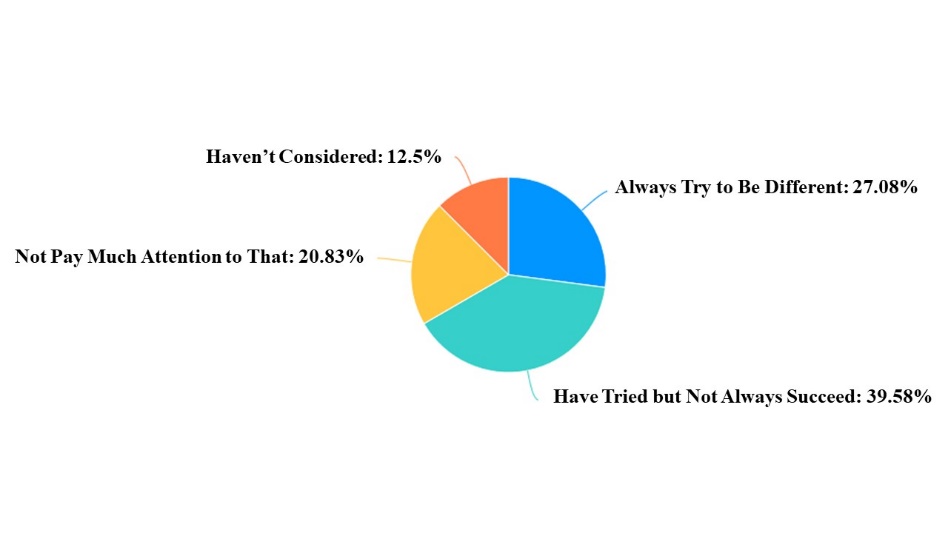
Figure 9: When using AI tools, the situation that pays attention to where your answers are different from others.
First of all, it can be seen from the analysis in Figure 7 that most of the respondents were not too worried about the impact of AI tools on the development of their independent thinking and writing ability, and only less than 5% of the respondents were very worried about this phenomenon. Secondly, as shown in Figure 8 and Figure 9, to complete academic assignments and make them conform to academic standards, students would probably ensure the feasibility of academic assignments by appropriately adjusting the content generated by AI, checking the correctness of AI output, and referring to various materials. Moreover, for the uniqueness of their assignments, they would even choose to combine their innovation and thinking based on AI answers, make deep modifications to AI answers, and choose different tools than most people to complete academic tasks.
In the interview, the interviewees also gave similar answers. In terms of learning strategies, the students highlighted that setting clear learning goals, choosing tools that suit their learning style, and prioritizing independent thinking over AI reliance could be practical strategies. Furthermore, they recommended comparing personal ideas with AI outputs and integrating them thoughtfully, while also staying informed and using diverse tools to enhance learning. On the whole, they emphasized that it was acceptable if students could blend human creativity and initiative, emotional intelligence with AI's logic. They stressed the importance of deep understanding, independent thinking, and innovative problem-solving by merging knowledge from different fields.
5. Conclusion
This study shows the current situation of students using AI tools to assist English learning at Guangdong University of Education. In addition, it explores in depth how people view academic misconduct when everyone has the opportunity to use AI tools, and how to make their academic performance stand out when everyone receives the same information. In the investigation and analysis, it can be concluded that to make students’ academic performance more prominent, after referring to the answers generated by AI, they can combine their ideas and innovative points to show their uniqueness. At the same time, students' academic misconduct caused by improper use of AI learning tools mainly stems from students' subjective consciousness. Schools can make students understand the seriousness of this behavior through ideological education, but ultimately it is up to the students themselves to correct their attitudes. In addition to the research conclusions drawn above, this study has its limitations. The small sample size of this study may lead to discrepancies between the sampling results and the overall results. In subsequent studies, researchers can expand the survey sample size to get more objective results.
References
[1]. Fitria, T. N. (2021, December). Artificial intelligence (AI) in education: Using AI tools for teaching and learning process. In Prosiding Seminar Nasional & Call for Paper STIE AAS (Vol. 4, No. 1, pp. 134-147).
[2]. González-Calatayud, V., Prendes-Espinosa, P., & Roig-Vila, R. (2021). Artificial intelligence for student assessment: A systematic review. Applied sciences, 11(12), 5467.
[3]. Denecke, K., Glauser, R., & Reichenpfader, D. (2023). Assessing the potential and risks of ai-based tools in higher education: Results from an eSurvey and SWOT analysis. Trends in Higher Education, 2(4), 667-688.
[4]. Natawiria, M. D., Widyaningsih, A., & Arief, M. (2024). Exploring The Role of Technology in Facilitating Academic Fraud in Universities: Literature Review: Akuntansi. VISA: Journal of Vision and Ideas, 4(3), 1519-1539.
[5]. Yang, C., Huan, S., & Yang, Y. (2020). A practical teaching mode for colleges supported by artificial intelligence. International Journal of Emerging Technologies in Learning (IJET), 15(17), 195-206.
[6]. Yang Junfeng, Shen Zhongqi, Chen Ruining. (2023) Analysis on the educational Application and ethical risk of Generative Artificial Intelligence [J]. Journal of Huzhou Normal University,45(12):1-12.
[7]. Chen Muhua. (2024) Design and Implementation of student-assisted Learning System based on ChatGPT [J]. Computer programming skills and maintenance, (7): 52-54.
[8]. Zhou Rujun. (2024) Progress in the application of ChatGPT generative Artificial intelligence embedded in Education: An analysis based on CiteSpace [J]. Educational Science Forum,(21):3-8.
[9]. Xu Linlin, Hu Jiehui, Su Yang. (2024) A study on learners' cognition and Behavior in AI-assisted academic English writing [J]. Foreign Language Field,(03):51-58.
[10]. Cotton, D. R., Cotton, P. A., & Shipway, J. R. (2024). Chatting and cheating: Ensuring academic integrity in the era of ChatGPT. Innovations in education and teaching international, 61(2), 228-23
Cite this article
Huang,Y. (2024). Current Situation of Students Using AI Tools to Assist English Learning -- A Case Study of Guangdong University of Education. Lecture Notes in Education Psychology and Public Media,74,19-26.
Data availability
The datasets used and/or analyzed during the current study will be available from the authors upon reasonable request.
Disclaimer/Publisher's Note
The statements, opinions and data contained in all publications are solely those of the individual author(s) and contributor(s) and not of EWA Publishing and/or the editor(s). EWA Publishing and/or the editor(s) disclaim responsibility for any injury to people or property resulting from any ideas, methods, instructions or products referred to in the content.
About volume
Volume title: Proceedings of ICILLP 2024 Workshop: Today's College Students and Faculty: How AI is Transforming Their Behaviors, Legally
© 2024 by the author(s). Licensee EWA Publishing, Oxford, UK. This article is an open access article distributed under the terms and
conditions of the Creative Commons Attribution (CC BY) license. Authors who
publish this series agree to the following terms:
1. Authors retain copyright and grant the series right of first publication with the work simultaneously licensed under a Creative Commons
Attribution License that allows others to share the work with an acknowledgment of the work's authorship and initial publication in this
series.
2. Authors are able to enter into separate, additional contractual arrangements for the non-exclusive distribution of the series's published
version of the work (e.g., post it to an institutional repository or publish it in a book), with an acknowledgment of its initial
publication in this series.
3. Authors are permitted and encouraged to post their work online (e.g., in institutional repositories or on their website) prior to and
during the submission process, as it can lead to productive exchanges, as well as earlier and greater citation of published work (See
Open access policy for details).
References
[1]. Fitria, T. N. (2021, December). Artificial intelligence (AI) in education: Using AI tools for teaching and learning process. In Prosiding Seminar Nasional & Call for Paper STIE AAS (Vol. 4, No. 1, pp. 134-147).
[2]. González-Calatayud, V., Prendes-Espinosa, P., & Roig-Vila, R. (2021). Artificial intelligence for student assessment: A systematic review. Applied sciences, 11(12), 5467.
[3]. Denecke, K., Glauser, R., & Reichenpfader, D. (2023). Assessing the potential and risks of ai-based tools in higher education: Results from an eSurvey and SWOT analysis. Trends in Higher Education, 2(4), 667-688.
[4]. Natawiria, M. D., Widyaningsih, A., & Arief, M. (2024). Exploring The Role of Technology in Facilitating Academic Fraud in Universities: Literature Review: Akuntansi. VISA: Journal of Vision and Ideas, 4(3), 1519-1539.
[5]. Yang, C., Huan, S., & Yang, Y. (2020). A practical teaching mode for colleges supported by artificial intelligence. International Journal of Emerging Technologies in Learning (IJET), 15(17), 195-206.
[6]. Yang Junfeng, Shen Zhongqi, Chen Ruining. (2023) Analysis on the educational Application and ethical risk of Generative Artificial Intelligence [J]. Journal of Huzhou Normal University,45(12):1-12.
[7]. Chen Muhua. (2024) Design and Implementation of student-assisted Learning System based on ChatGPT [J]. Computer programming skills and maintenance, (7): 52-54.
[8]. Zhou Rujun. (2024) Progress in the application of ChatGPT generative Artificial intelligence embedded in Education: An analysis based on CiteSpace [J]. Educational Science Forum,(21):3-8.
[9]. Xu Linlin, Hu Jiehui, Su Yang. (2024) A study on learners' cognition and Behavior in AI-assisted academic English writing [J]. Foreign Language Field,(03):51-58.
[10]. Cotton, D. R., Cotton, P. A., & Shipway, J. R. (2024). Chatting and cheating: Ensuring academic integrity in the era of ChatGPT. Innovations in education and teaching international, 61(2), 228-23





